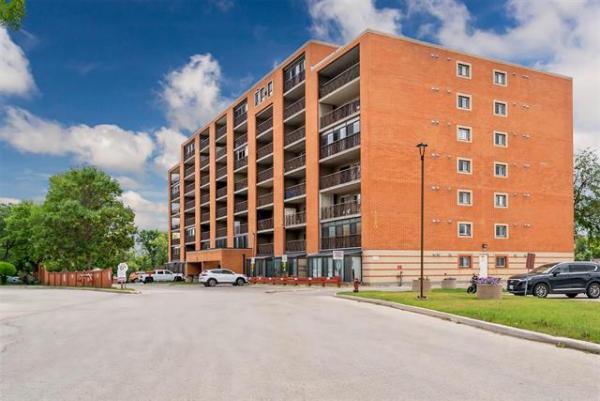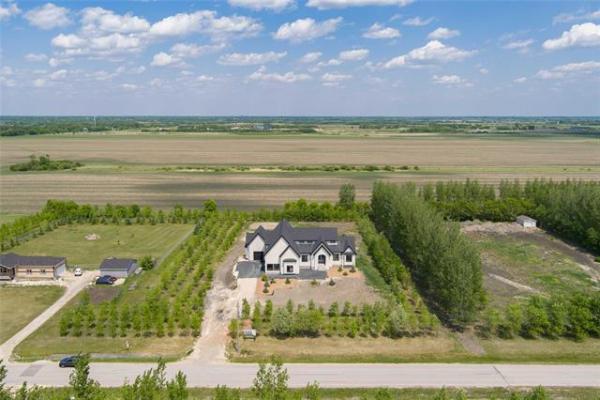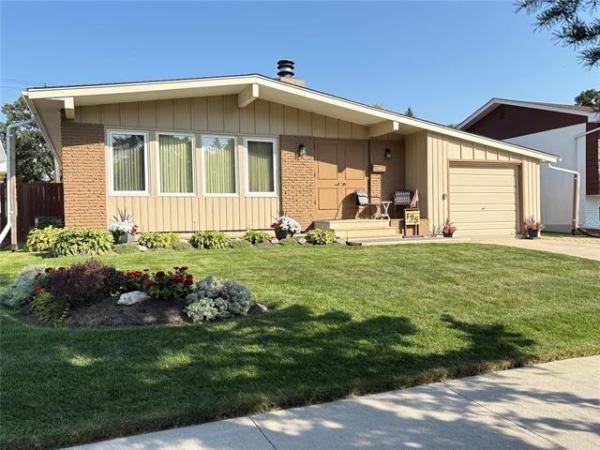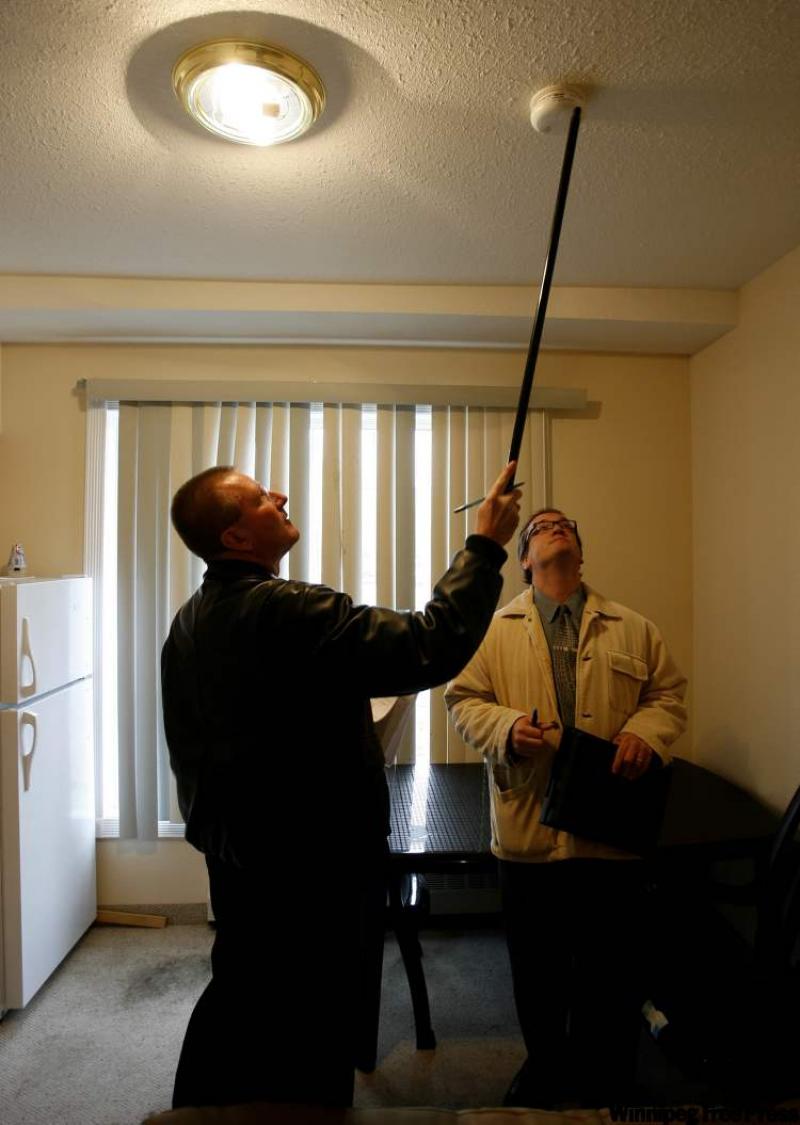
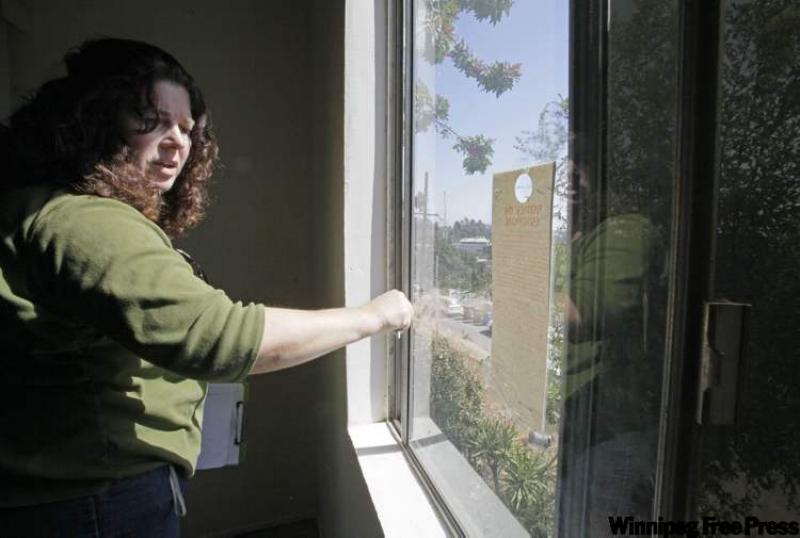
Anyone who knows me knows I talk an awful lot about building code.
The code is a minimum acceptable standard for the construction of a building. It's also a living, changing document that is adapted every few years to ensure it keeps up with major changes in the ways buildings are built and the materials that builders use in construction.
Last November, the Canadian Commission on Building and Fire Codes, a group that is part of the National Research Council, published its latest update to the National Model Construction Code, a document that brings together the National Fire Code of Canada, the National Plumbing Code of Canada and the National Building Code.
The new national model construction code contains nearly 800 changes that are designed to bring the code up to speed with technological advances and major health and safety concerns. The changes cover a massive range of applications, from changes to structural design so that buildings can withstand earthquakes and accommodate wind loads, to ventilation, heating and air-conditioning changes that specify acceptable new levels of toxins such as ozone and carbon monoxide.
Chances are, unless you're a builder, most of the code changes won't affect you. But there are a few big changes in the 2010 edition of the code that every homeowner should know about.
Fire breaks
We've all heard stories and seen news reports of fires that break out in homes under construction. When a home has just been framed and is waiting for the finishing trades to come in, it's most vulnerable to fire. Usually, if one house under construction catches fire, it doesn't take long for the fire to spread to other neighbouring units.
The new code sets revised standards for construction that should restrict the spread of fires between homes under construction. It says that builders may need to increase the distances between neighbouring homes if local firefighters are unable to respond to potential fires within 10 minutes, if the exterior materials used in construction are flammable and if the total area of unprotected openings, such as windows or doors, on the side of any house that faces the property line exceeds a given square footage.
Smoke detectors
The new codes also change the rules for smoke detectors. It used to be that a battery-operated smoke detector or two was all a house needed. However, people weren't changing the batteries in their smoke detectors, so the units became useless quickly.
In 2005, the codes stated that all smoke alarms had to be hard-wired, but people would silence these alarms by disconnecting the power wires. If they forgot to reattach the wires later, those detectors also became useless. They were also useless in the event of a power failure, when the risk of a house fire is greatest because people use candles, fireplaces and propane gas stoves.
The 2010 codes say that not only must a smoke detector be hard-wired, but it must also feature a hush button and a nine-volt battery backup that kicks in during power failures. The codes also require smoke detectors in every sleeping room and adjoining hallways.
Windows, guards and stairs
As a parent, I can tell you I'm happy to see that the code introduces three major changes that will go a long way toward protecting vulnerable people -- children especially -- in the home.
First, it requires either guards to be placed on windows or mechanisms put in place to stop windows from opening more than 100 millimetres. These changes are designed to prevent kids from climbing out open windows.
Second, it defines a series of rules for the design of guardrails. Anyone with kids knows children love to climb on guardrails. The new code actually speaks to what makes a guard climbable and offers examples of ways to make guardrails harder to climb on.
Finally, the code sets out a requirement that all sets of stairs, even stairs separated by landings, must have handrails separated by no more than 825 millimetres. That's good news for families making renovations to accommodate elderly parents.
Plumbing and HVAC
I talk a lot about good indoor air quality. It's important to me that people live safely in their homes. The new model code speaks a bit about changes to ventilation systems to improve residential IAQ.
For example, some major appliances, such as furnaces, rely on supplies of fresh outdoor air to perform. For the longest time, the building code simply assumed the supply of outdoor air to these appliances was clean and free of toxins such as ozone and carbon monoxide. Because that fresh-air supply is not always sure to be fresh, the new code requires a builder to check the level of these contaminants in an outdoor air supply and put measures in place to reduce them to acceptable levels before the air can be brought into the home.
The code also sets out the importance of venting dryers outside. When a dryer vents inside, it can create all kinds of problems for occupants (eye irritation and breathing problems) and the building itself (excess humidity and increased fire risk, for example). The amended code sets out new rules for venting dryers in single homes and groups of dryers in multi-unit buildings.
Finally, the code changes the size of water pipes to accommodate the growing trend toward water-conserving appliances.
Radon gas
In some parts of the country, radon gas is a big problem. Radon is a colourless, odourless and tasteless radioactive gas that is caused by the decay of uranium in soil, rock and groundwater. If you have radon in your home, you have a costly problem on your hands. In 2007, Health Canada updated its guidelines for exposure to radon in indoor air.
The new code takes those exposure guidelines into account and describes new measures that builders must use to protect against the spread of radon. For example, all new homes will have soil-gas barriers, and some will have pipes roughed in to allow for the easier introduction of radon-mitigation systems.
Even if they are minimum standards, codes matter. I've said before that I'm not a fan of people who build to code because these are minimum standards. I want to see people build past minimum standards so every homeowner has the safest possible living environment.
Having said that, the National Model Construction Code plays an important role in setting basic standards for construction and building performance.
-- Postmedia News
Catch Mike in his new series, Holmes Inspection, airing Thursdays at 8 p.m. ET/PT on HGTV. For more information, visit www.hgtv.ca. For more information on home renovations, visit makeitright.ca.

